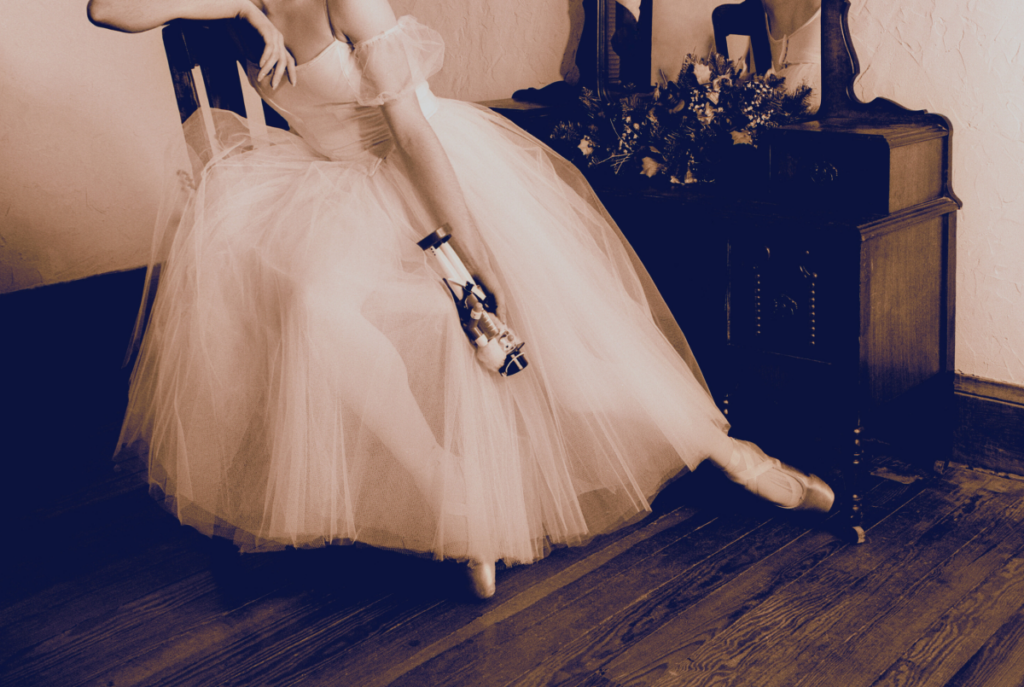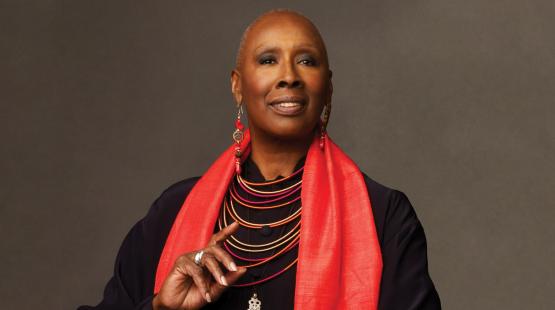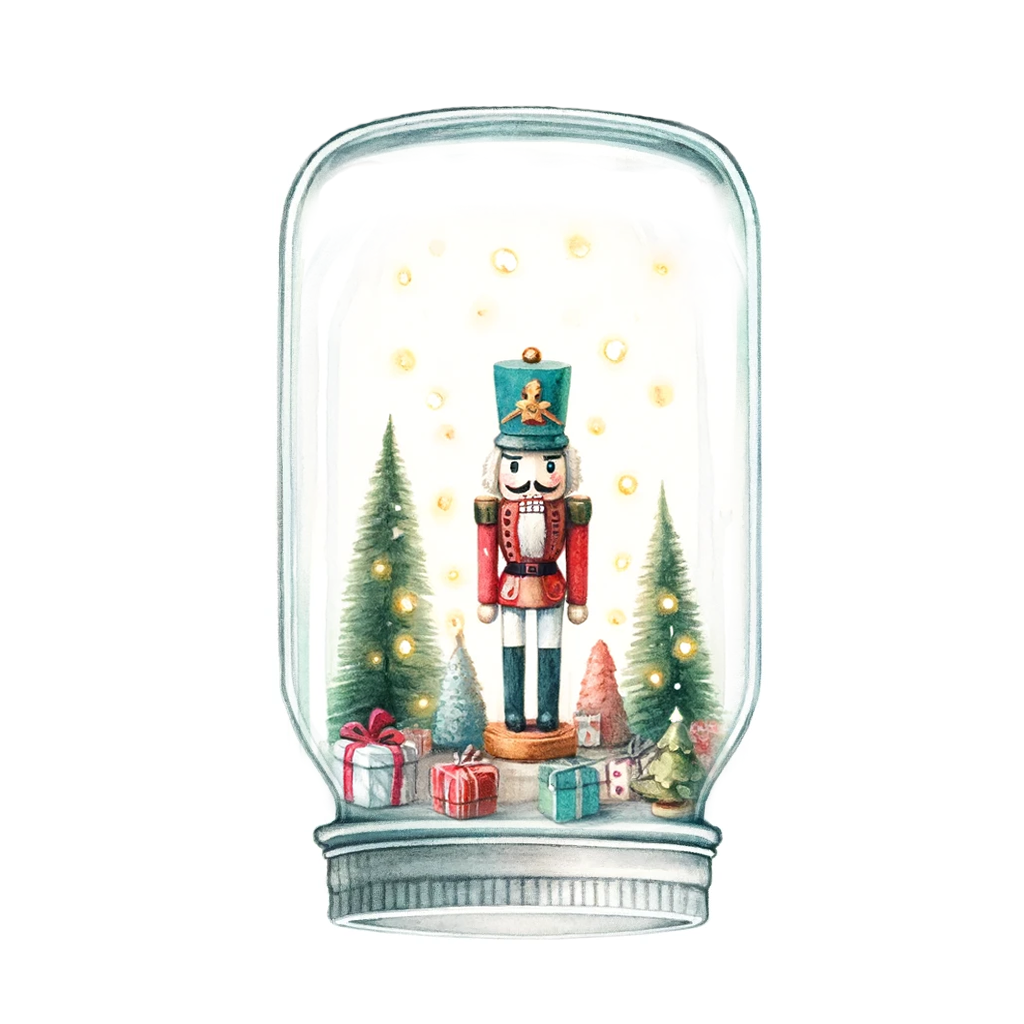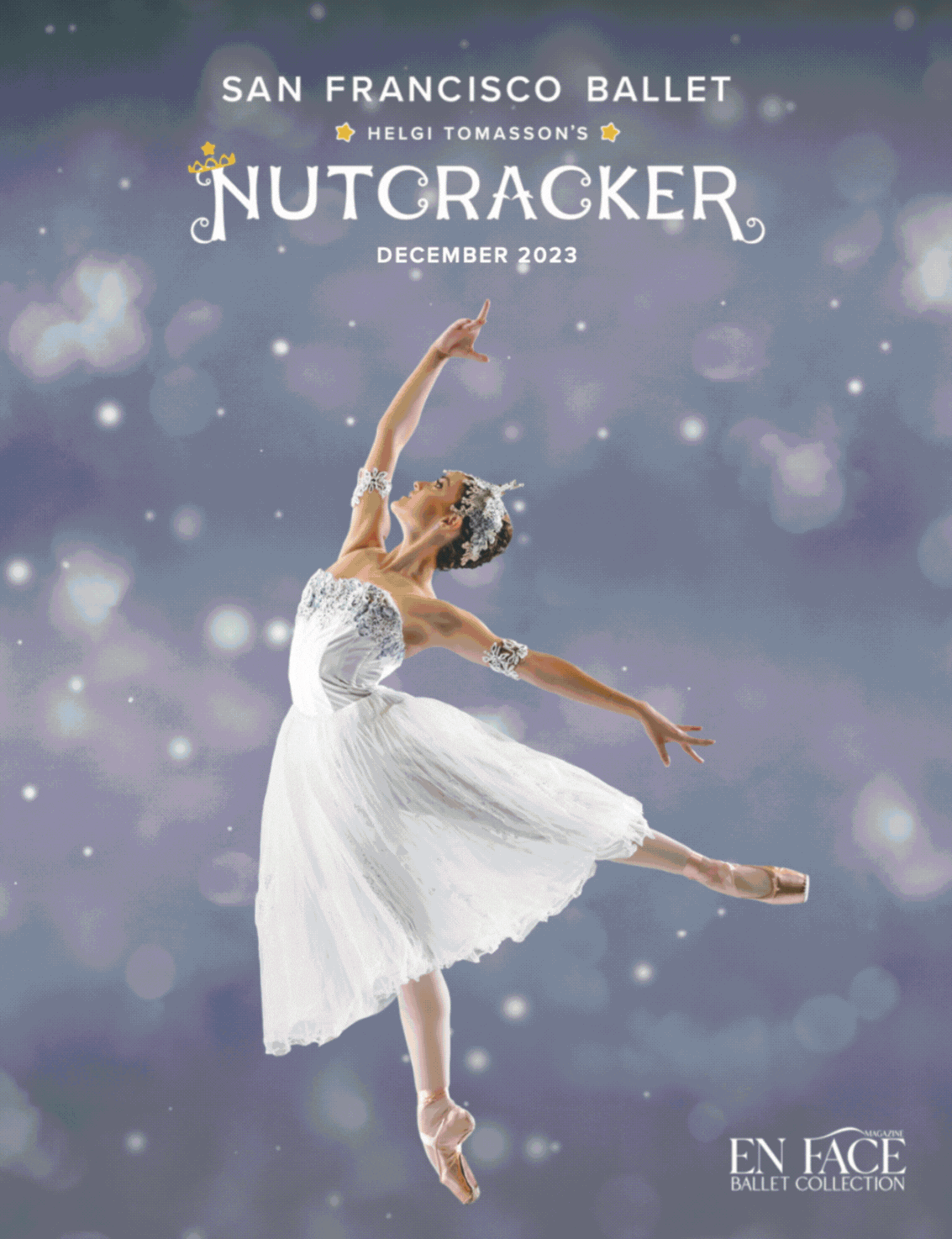When Tchaikovsky and the rest of the team at the Imperial Mariinsky Theatre in Saint Petersburg gathered to create The Nutcracker ballet, it was not Hoffman’s book that they used as their inspiration. Whose version did they use? Just the one penned by the master of daring escapades, heroic deeds, and dramatic sword fights—Alexandre Dumas of The Three Musketeers and The Count of Monte Cristo fame. His twist on the story in The History of a Nutcracker (published in 1847) amplified the sense of adventure and magic, making it perfect for ballet.
Both Hoffmann’s and Dumas’ books include a plotline that almost never makes its way to the ballet stage. No spoilers, but let’s just say the story includes a sausage recipe gone horribly wrong, a mouse queen on a quest for vengeance, horoscopes, and a cursed princess in need of saving.
Previously only performed in Europe, The Nutcracker finally made its way across the Atlantic where it was first performed in the United States by San Francisco Ballet in 1944.
George Balanchine had himself performed the role of The Nutcracker Prince when he was a boy in Russia. He later drew on his memories to create his own production of The Nutcracker for New York City Ballet. Premiering on February 2, 1954, his lushly decorated stage, elaborate costumes, inclusion of children, and the pervading sense of wonder captured audiences. By the mid-1960s The Nutcracker had become a part of American holiday traditions, bringing families across all generations together and inspiring young children in the audience to become the dancers of tomorrow.
As audience members, we eventually have to step out of the warmth and wonder of the theater into the blustery winter waiting outside. Unlike Maria who in the Dumas book returns to the magical realm as queen, never having to go home and instead reigning in the Land of Sweets forever. And if we can keep the beauty of the story, the warmth of human kindness, and the glittering joy of the ballet alive in our hearts even after the curtain falls, perhaps we will never have to leave the enchanted land of The Nutcracker either.
“Even at the present day, [Maria] is still queen of that beautiful country, where may be seen brilliant forests of Christmas; rivers of orangeade, sweet milk, and essence of roses; transparent palaces of sugar whiter than snow and cleaner than ice—in a word, all kinds of wonderful and extraordinary things may be seen by those who have eyes sharp enough to discover them.”
—Alexandre Dumas
The History of a Nutcracker









